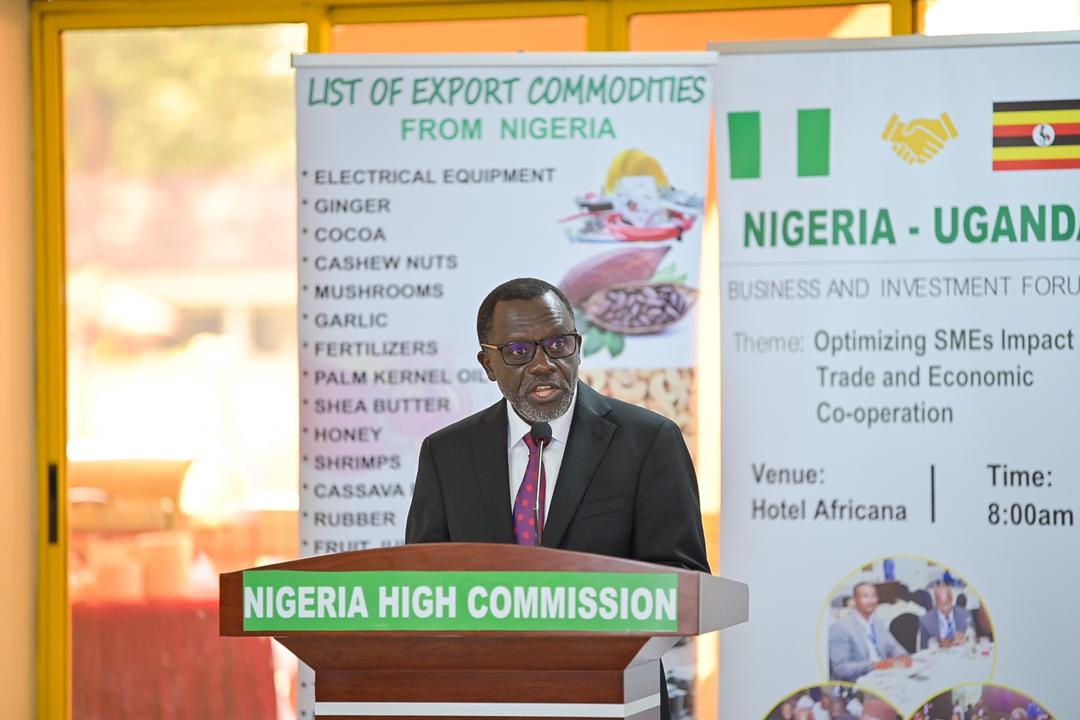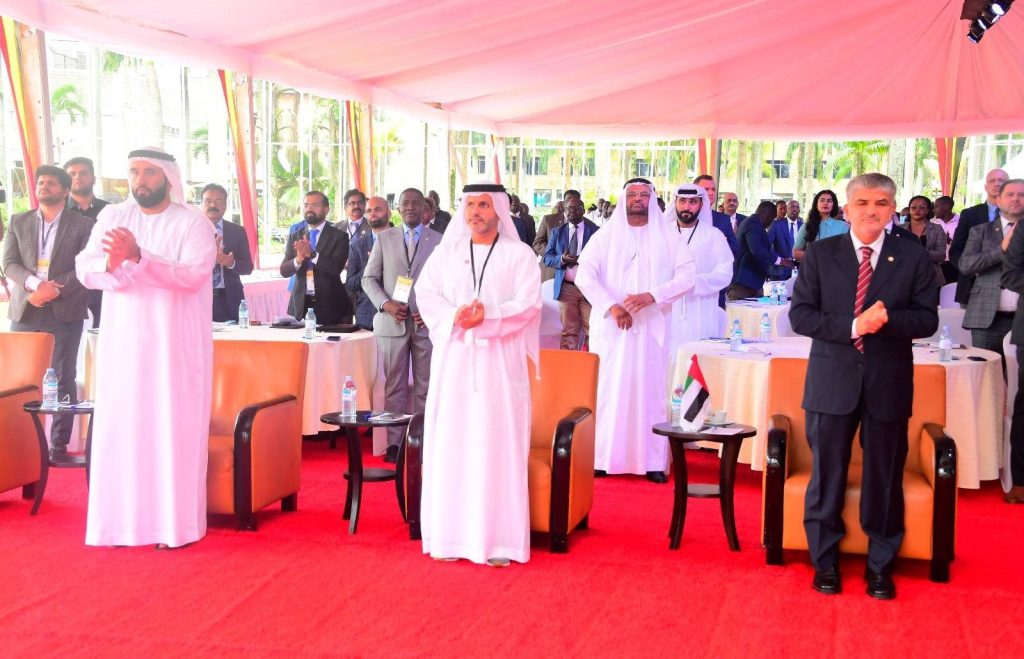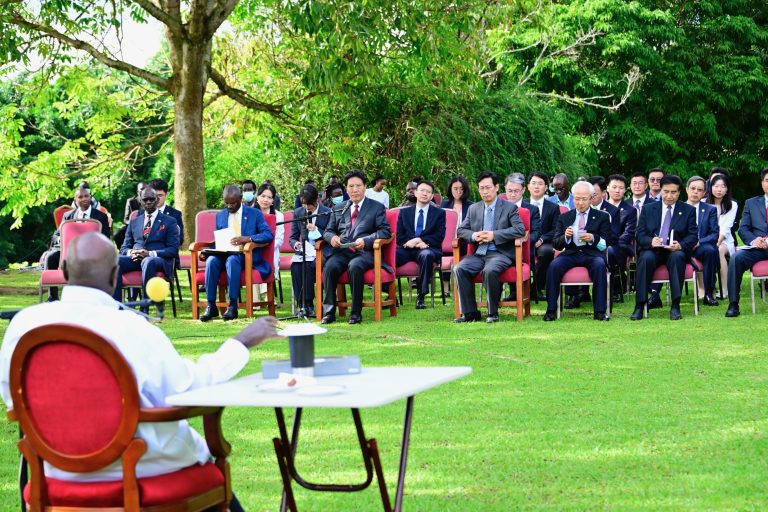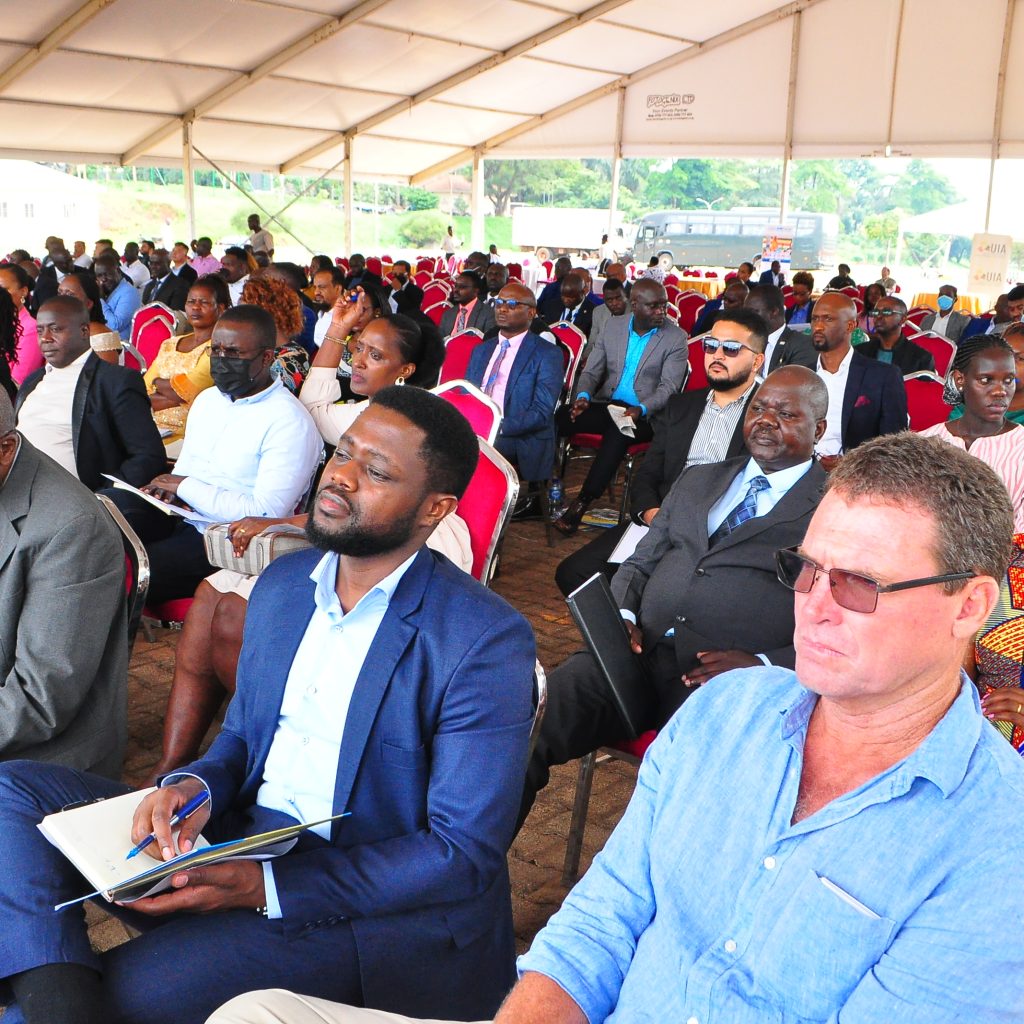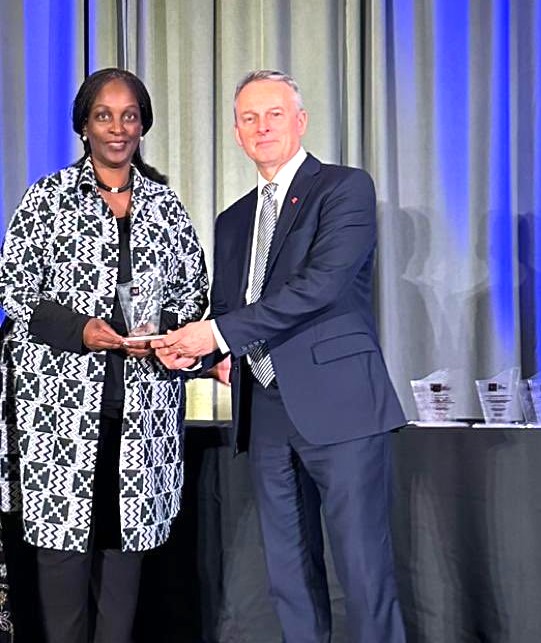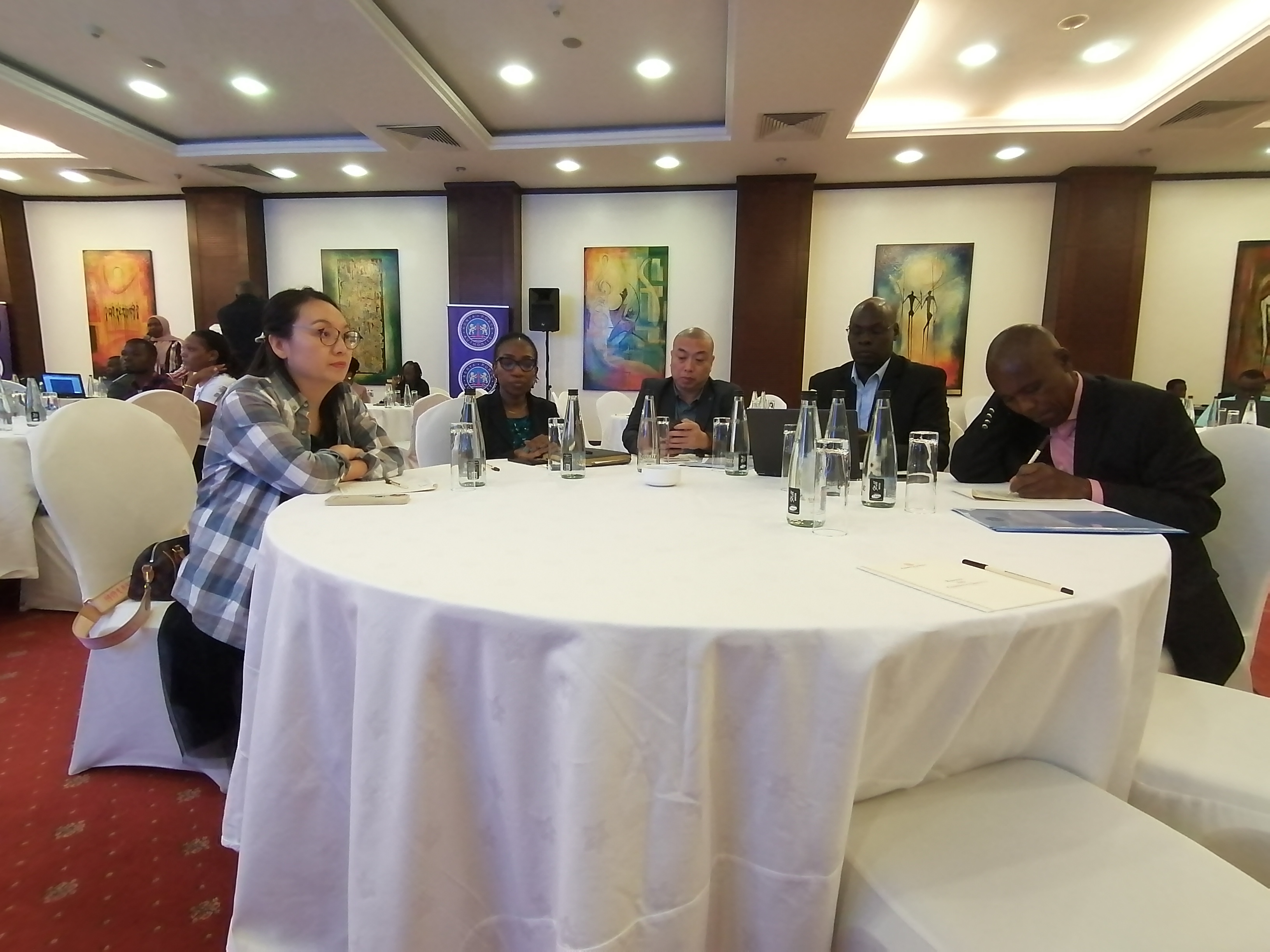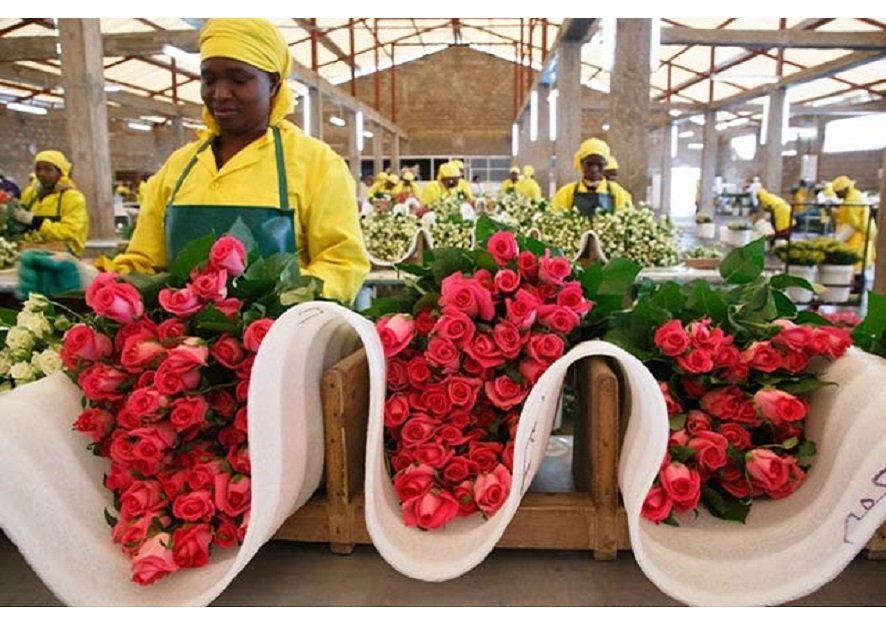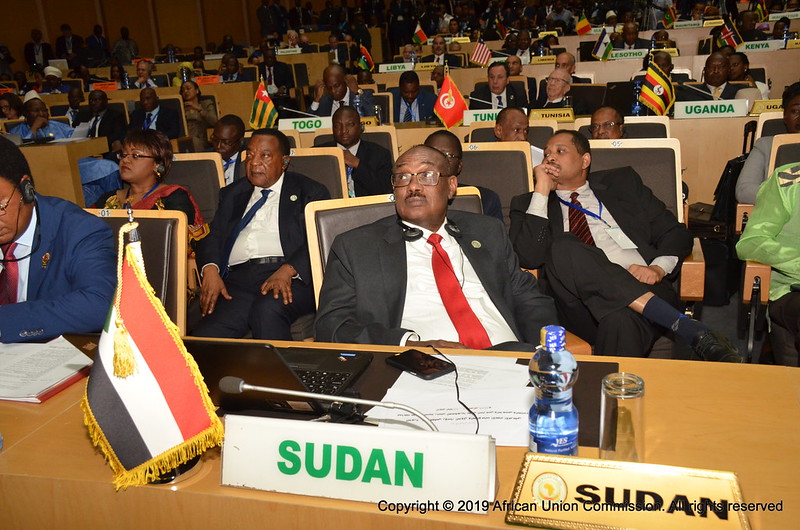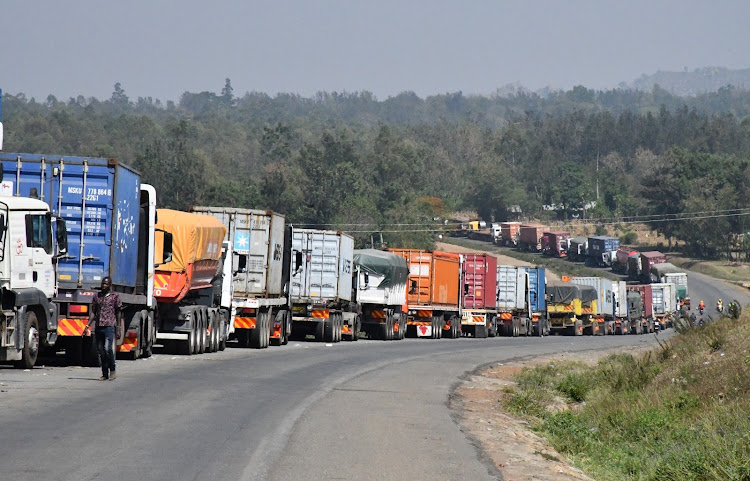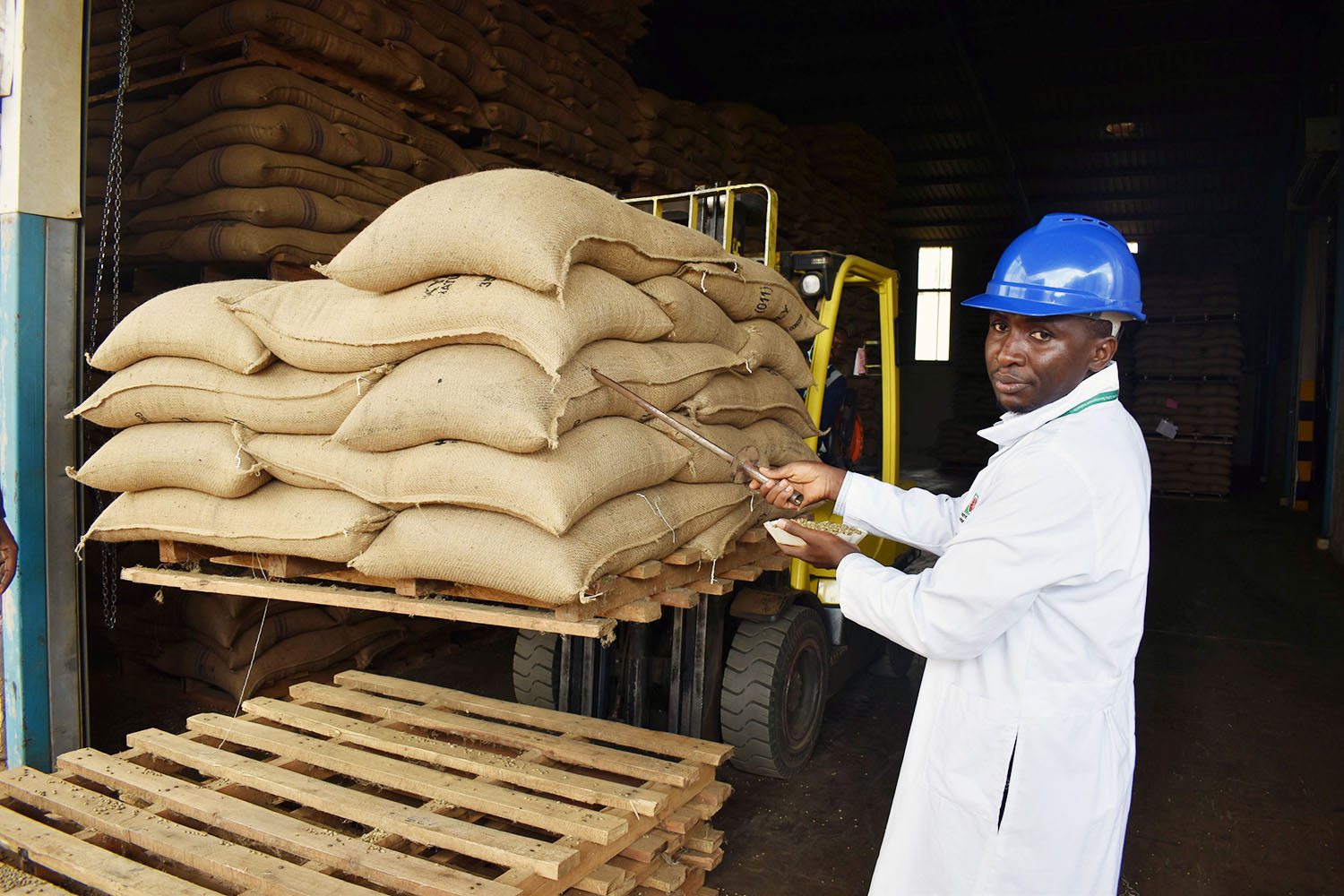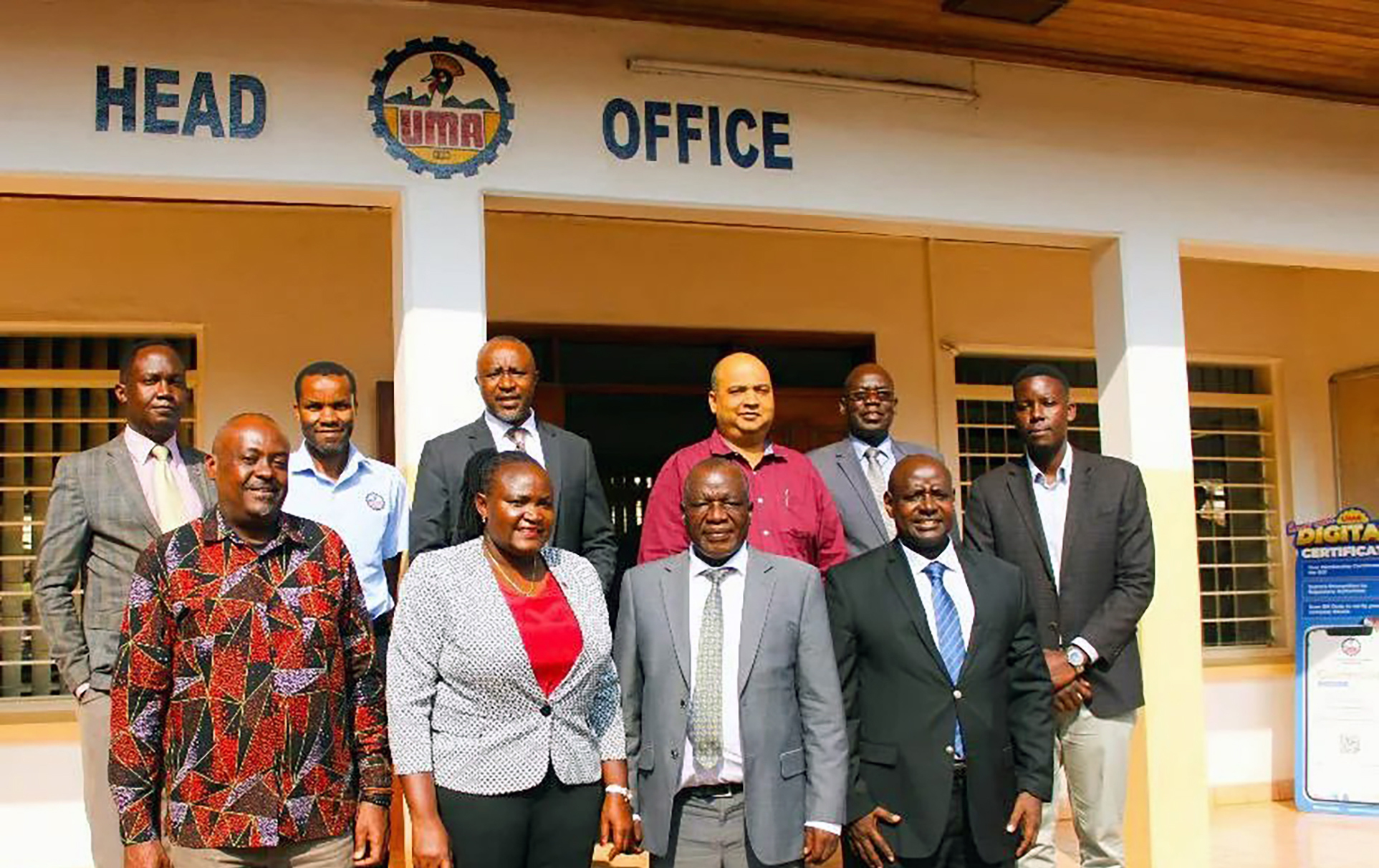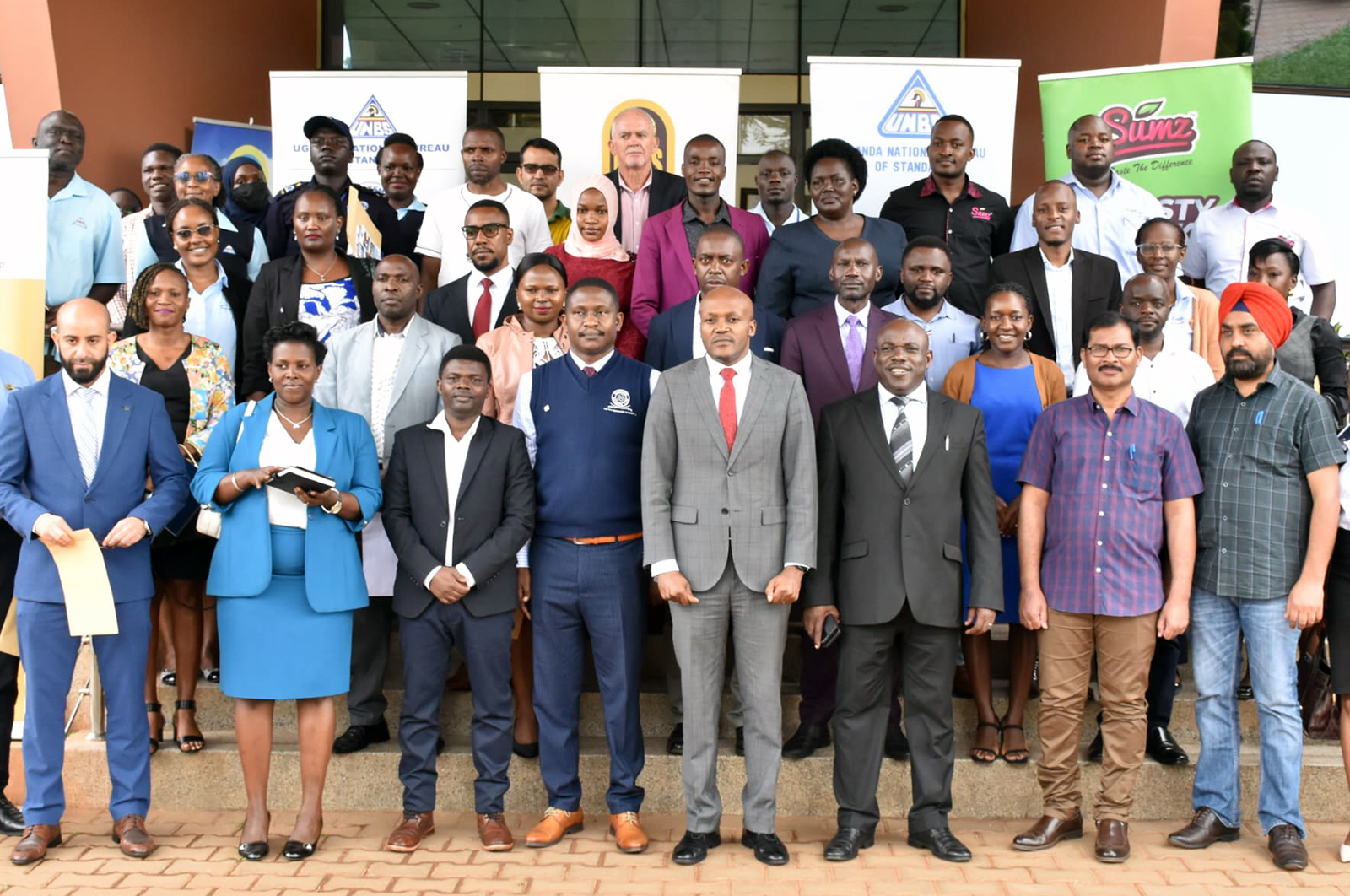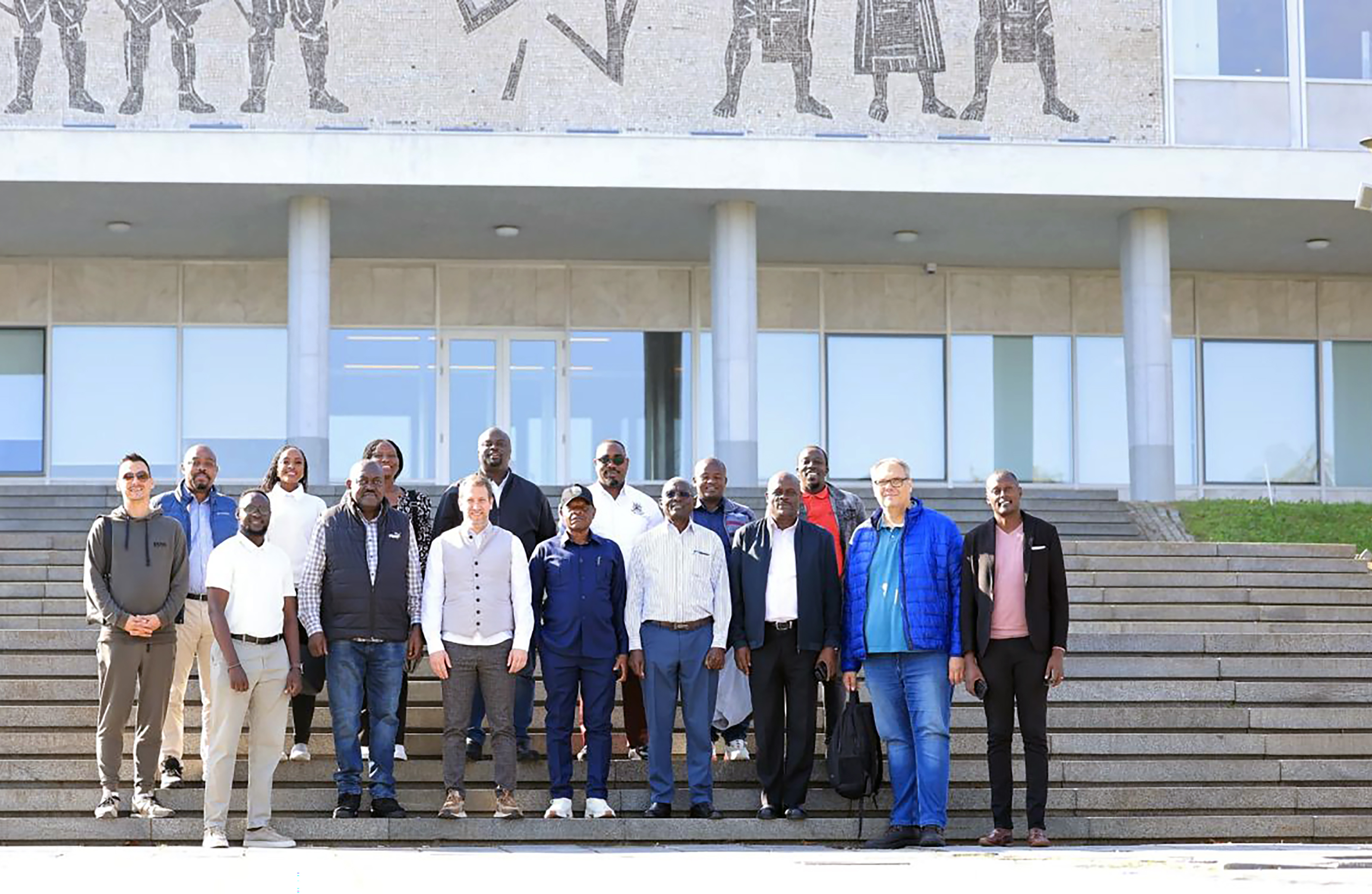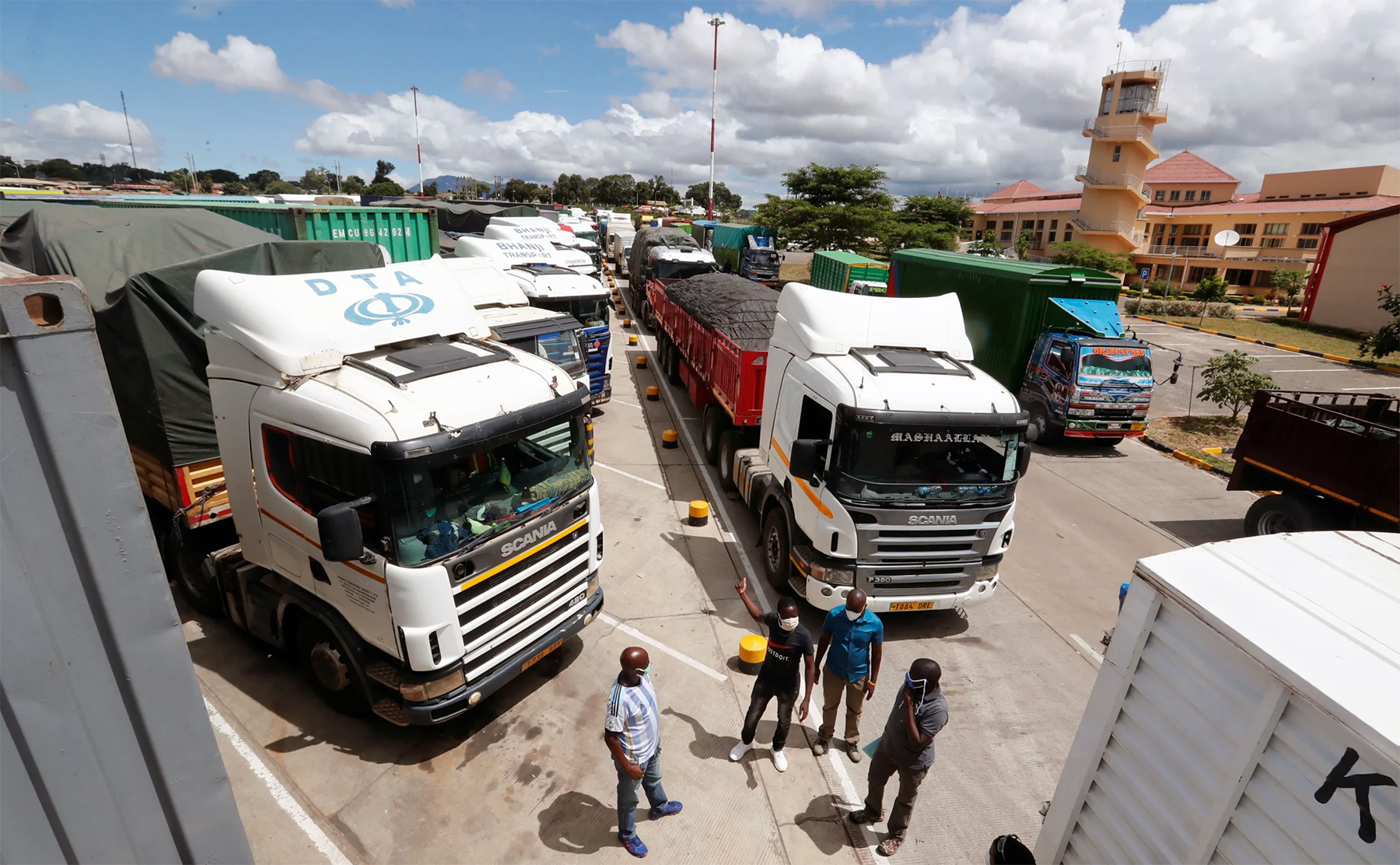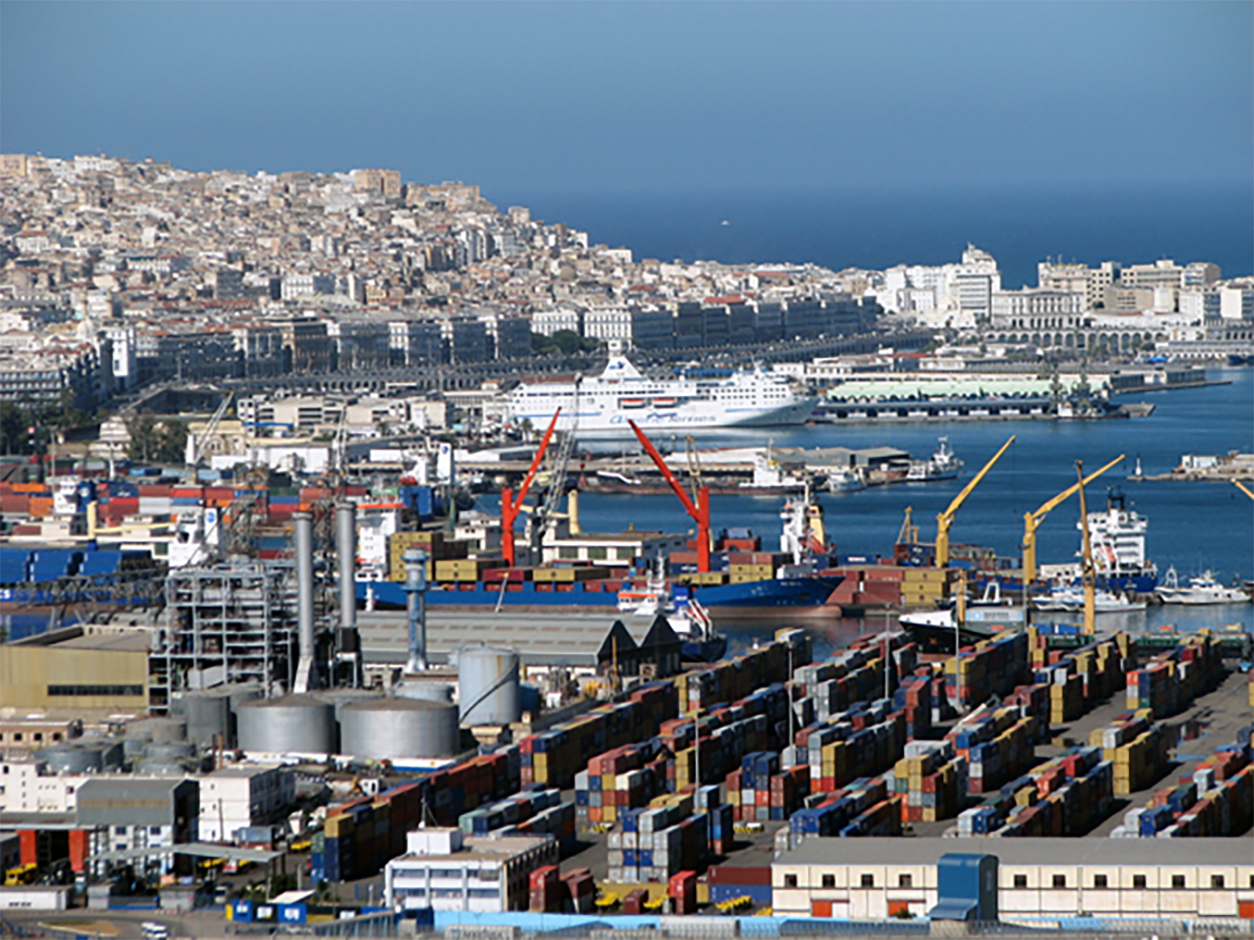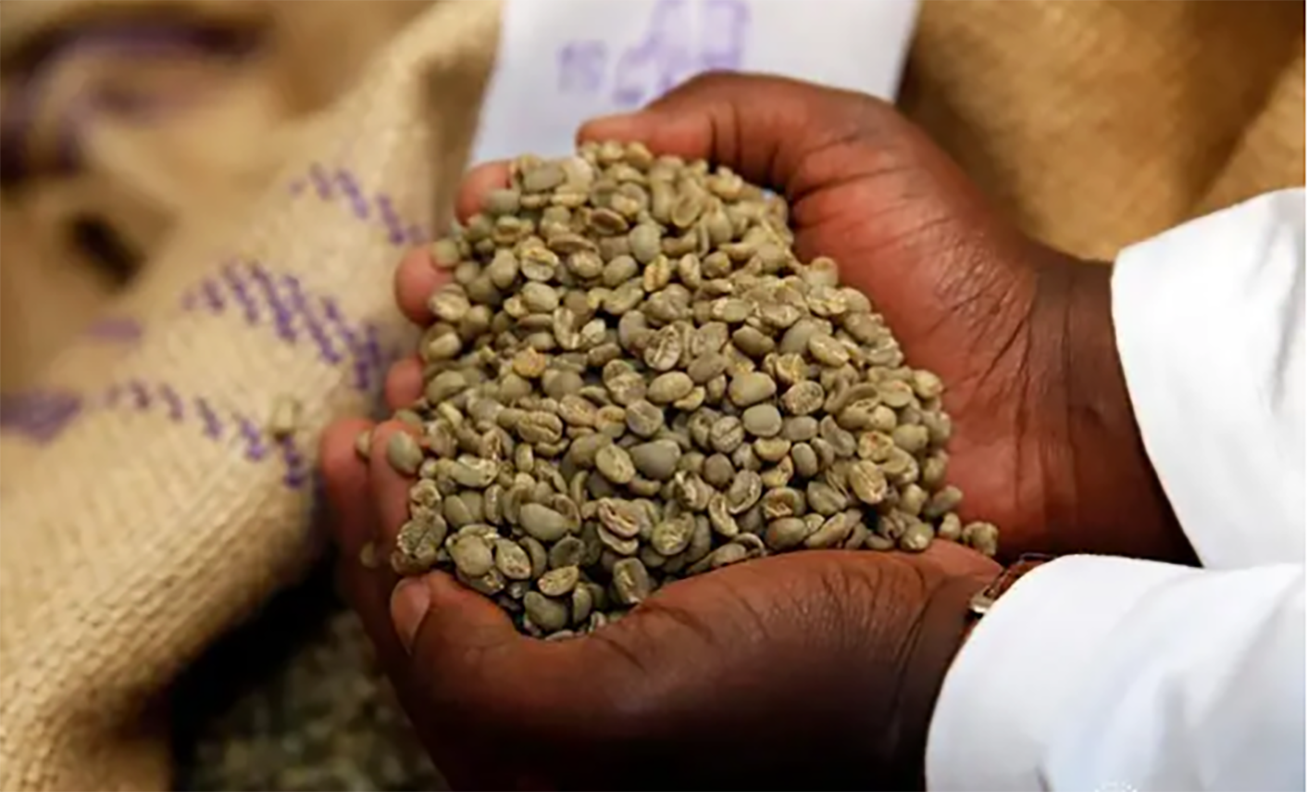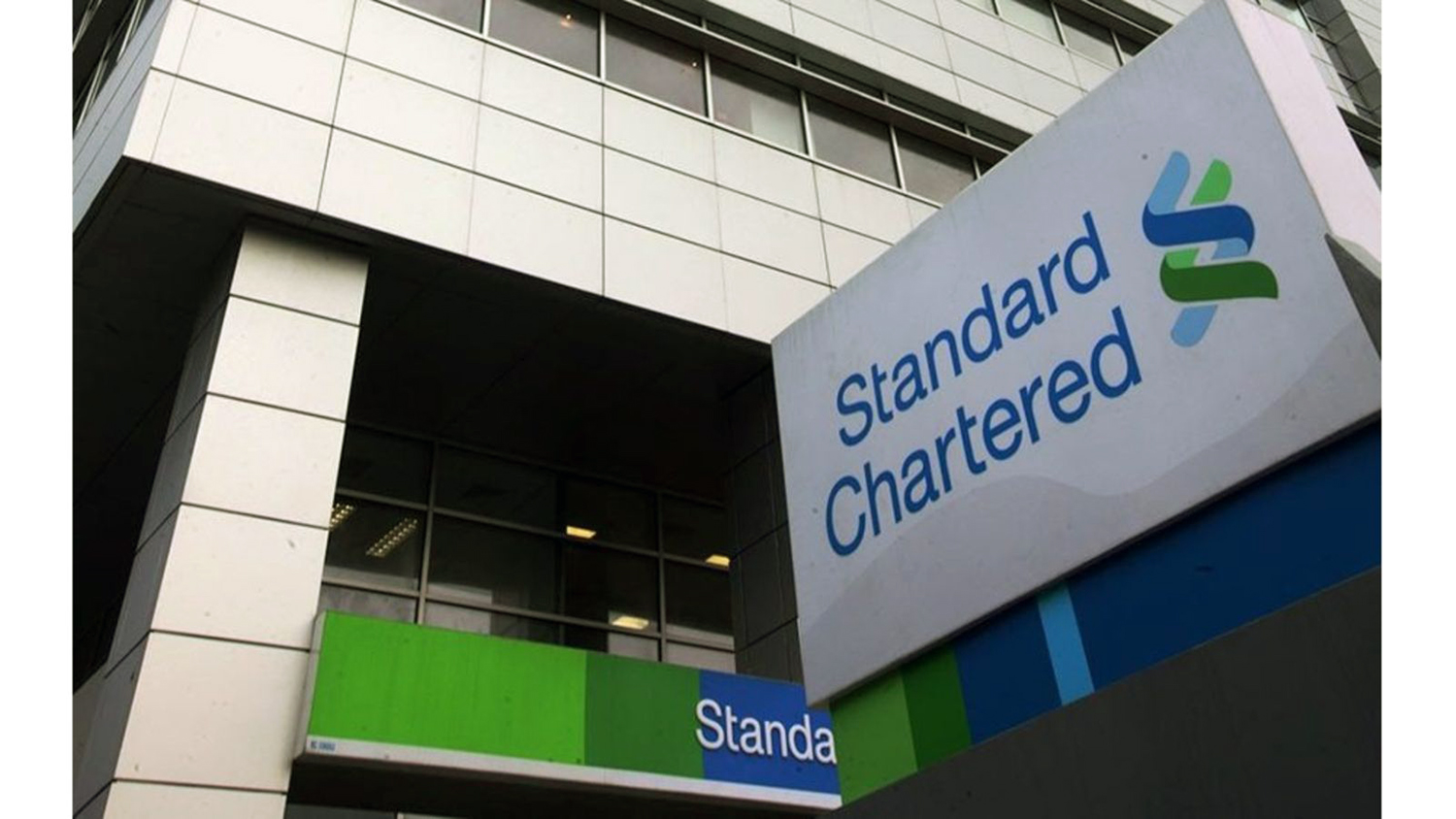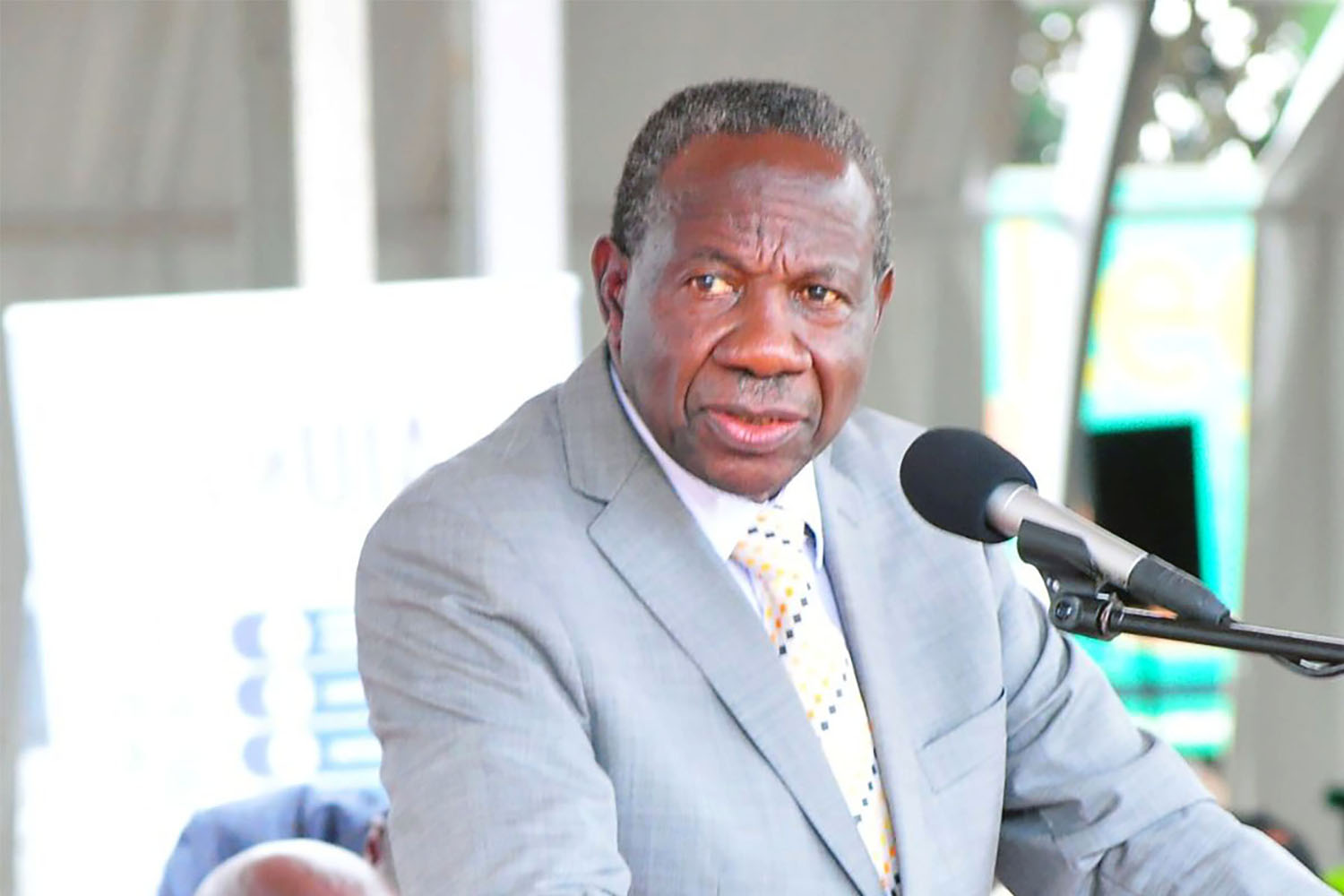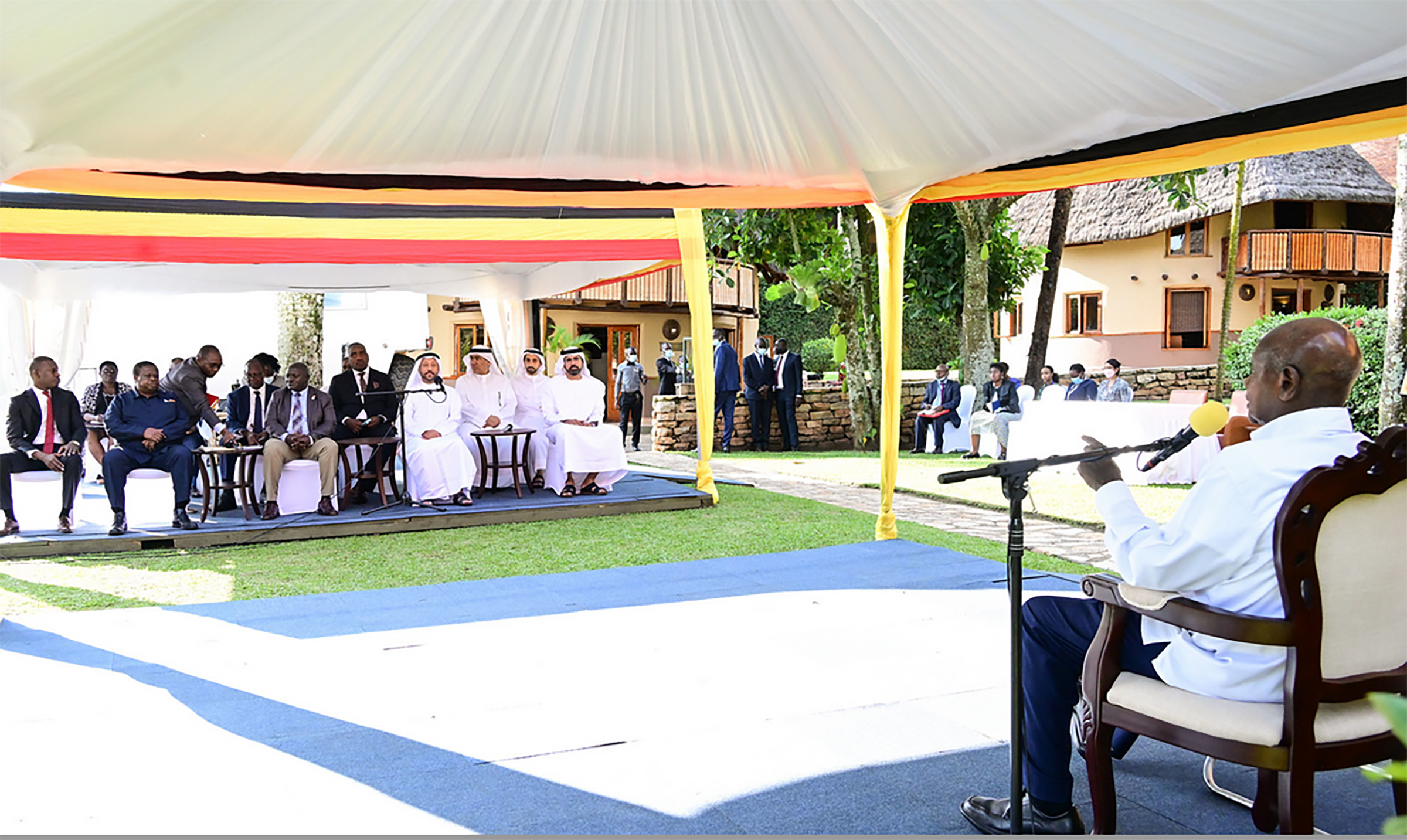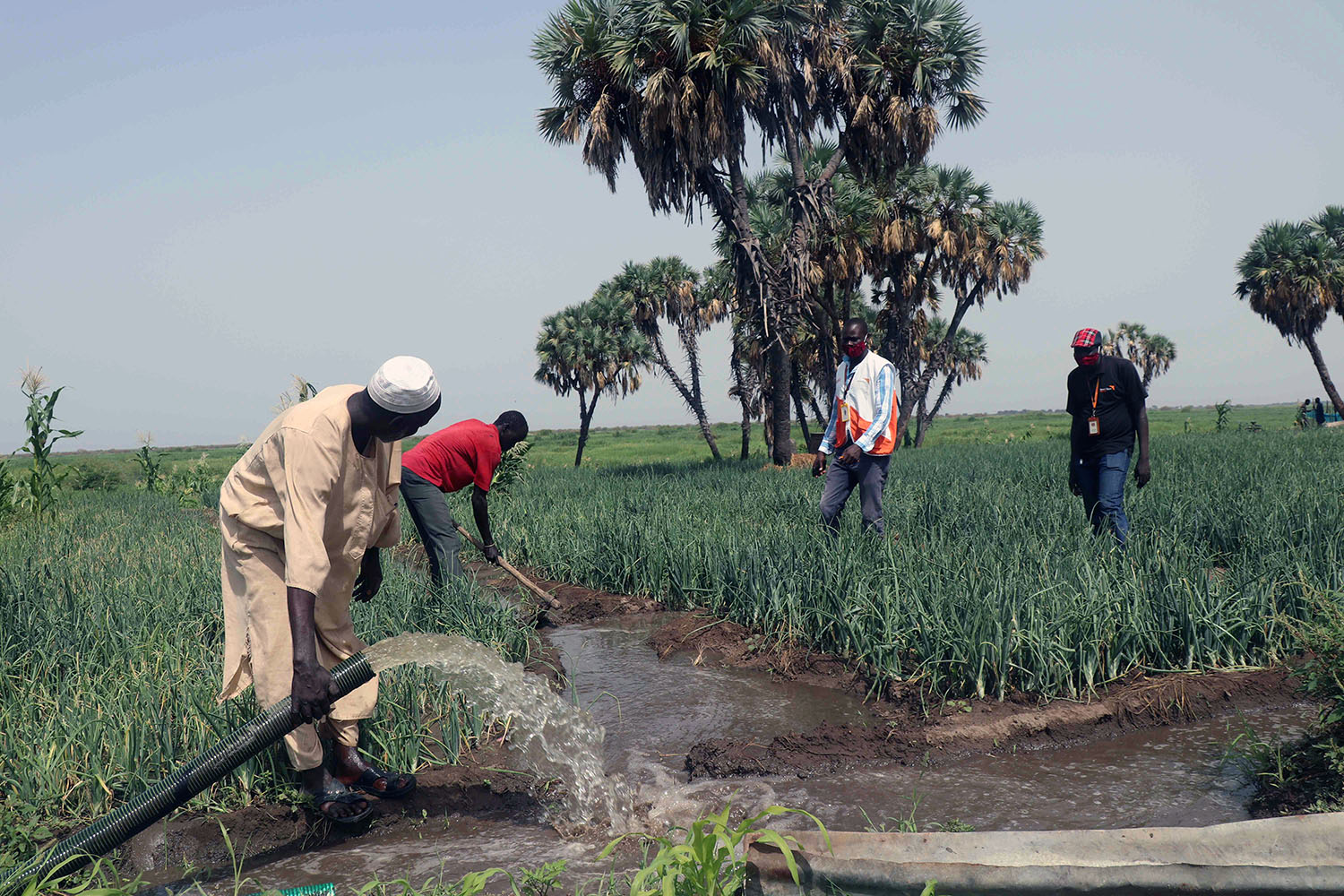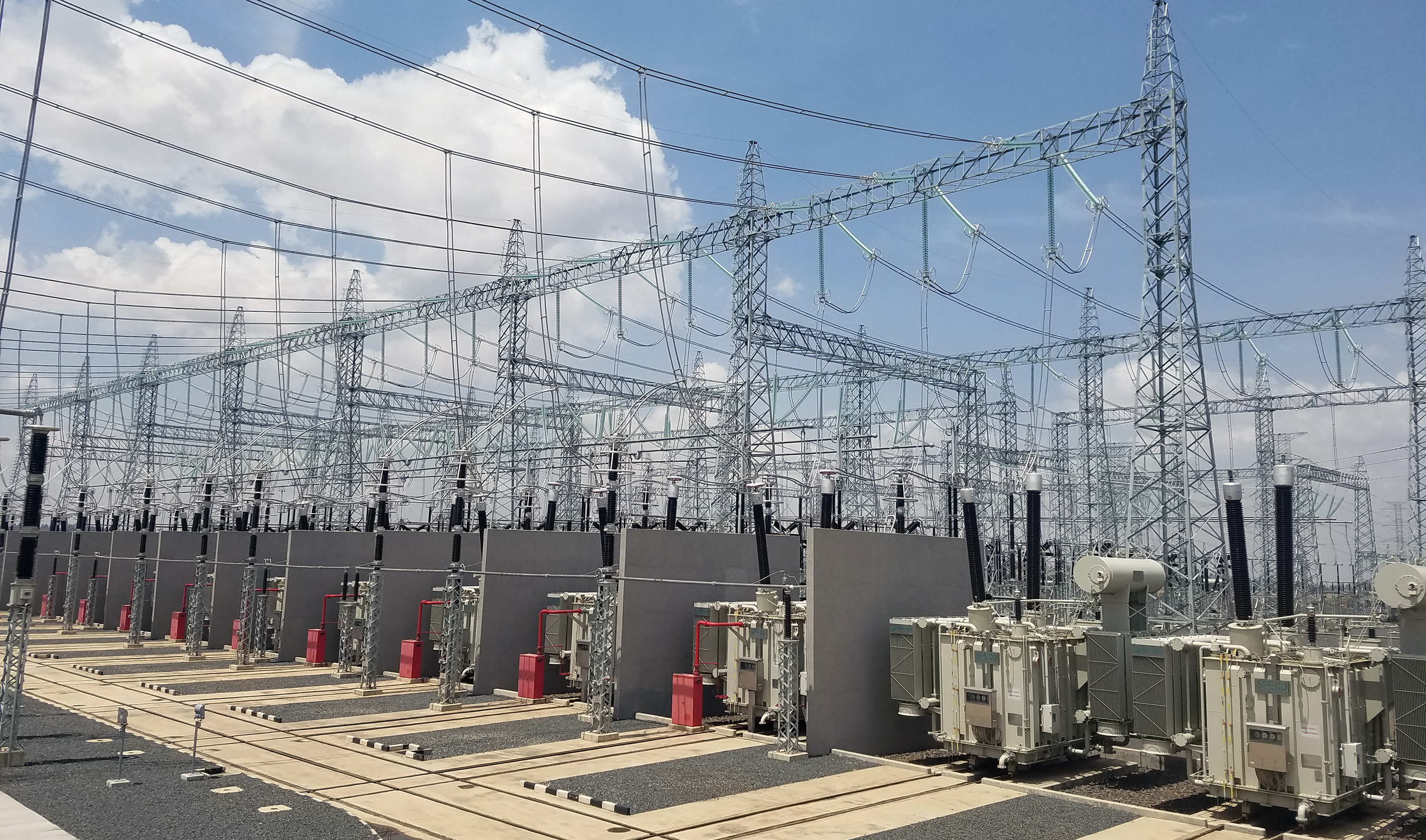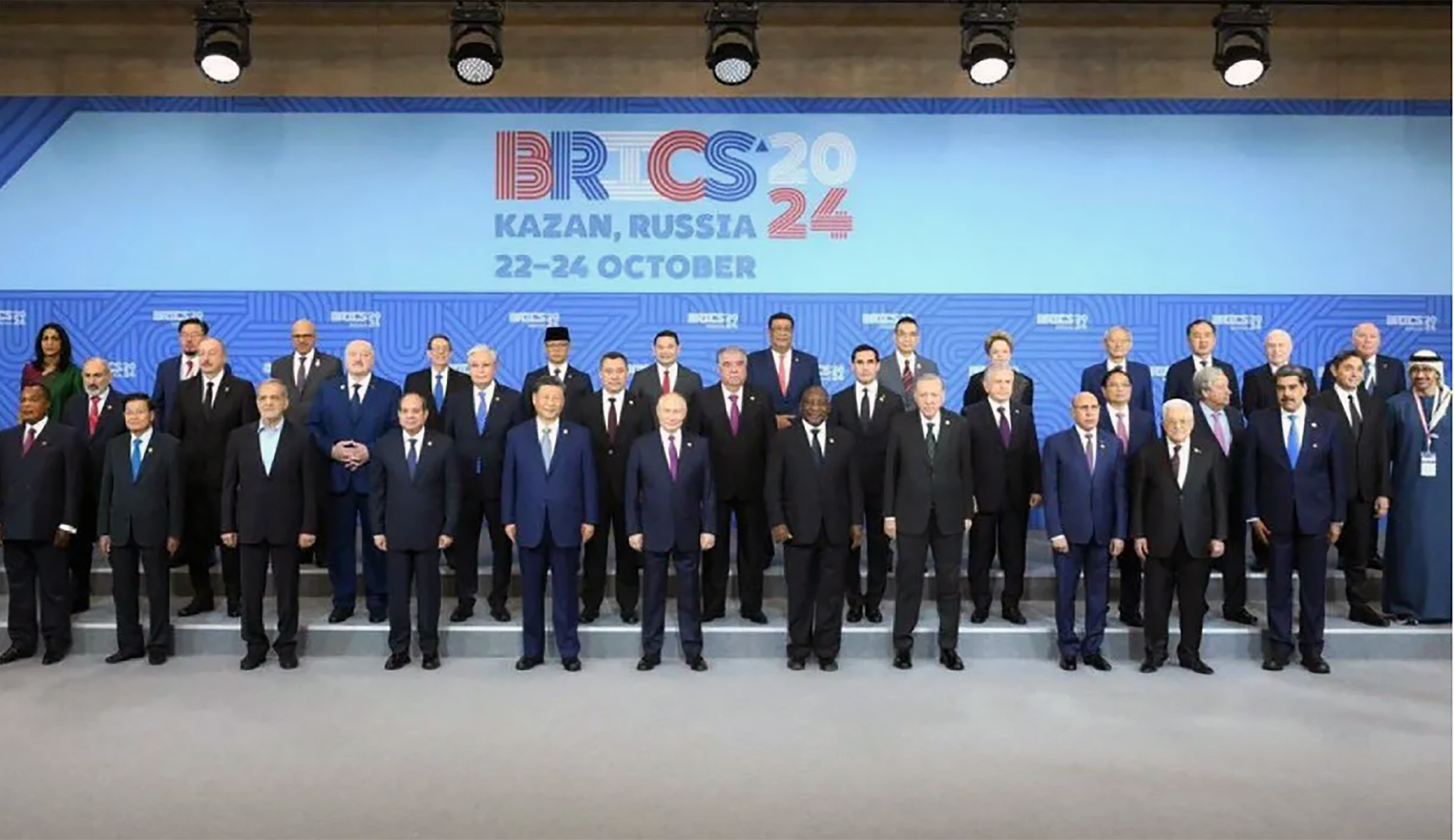EAC marks 25 years as non-tariff barriers persist

Trucks await clearance at Namanga Border post. Non-tariff barriers still worry many of the EAC stakeholders.
As the East African Community (EAC) marks 25 years since its revival in July 2000, the dream of a borderless, economically integrated region remains largely unfulfilled hobbled by persistent non-tariff barriers (NTBs) that continue to suffocate trade and investment.
Despite having in place robust legal instruments like the EAC Treaty and the Customs Union Protocol, intra-EAC trade has remained dismally low.
In 2023, intra-regional trade accounted for only 15% of the region’s total trade, valued at $12.1 billion (approx. UGX 47 trillion) a far cry from the expectations of a bloc that boasts a combined GDP of over $305 billion and a market of more than 300 million people.
- “The EAC integration agenda is being hindered by the proliferation of non-tariff barriers, many of which are politically motivated or protectionist in nature,” said Rebecca Kadaga, Uganda’s Second Deputy Prime Minister and Minister for EAC Affairs, during the recent EAC Post-Budget Dialogue held in Kampala.
The event was organised by SEATINI Uganda in partnership with the Ministry of Finance and the Ministry of EAC Affairs. Kadaga pointed fingers at some EAC Partner States for undermining regional agreements through unilateral trade decisions.
“It is annoying that ministers in some countries often override decisions made by the Heads of State, especially on NTBs. This undermines the very spirit of the Community,” she said.
- One of the most recent NTBs shaking the bloc’s unity is Tanzania’s new Industrial Development Levy (IDL).
 Some of the participants at the dialogue post for a group photo.
Some of the participants at the dialogue post for a group photo.Introduced under the Imports Control Act, the IDL targets selected imports, including those from within the EAC - a move that many see as a direct violation of the East African Customs Union Protocol.
Moses Kaggwa, Director for Economic Affairs at Uganda’s Ministry of Finance, warned that the IDL will further erode trust and trade within the region. “This is clearly against the Customs Union Protocol and will negatively affect regional trade flows,” Kaggwa said.
Uganda has arguably borne the brunt of NTBs more than any other Partner State. Over the past decade, Uganda’s exports particularly agricultural and manufactured goods, have repeatedly faced restrictions from neighbours like Kenya, Tanzania, and South Sudan.
The worst episode came in 2019, when Rwanda closed its border with Uganda for nearly two years, causing trade between the two countries to collapse from $211 million (approx. UGX 819 billion) in 2018 to less than $5 million (approx. UGX 19 billion) in 2020.
- Anna Nambooze, Country Director for TradeMark Africa (Uganda and South Sudan), cautioned that recent moves to raise import charges under the guise of boosting local production may backfire.
- “Such measures increase the cost of doing business and reduce affordability for consumers. Instead of fostering industrial growth, they weaken regional competitiveness,” Nambooze said. Even as heads of state reiterate their commitment to integration, individual country interests and domestic politics continue to undermine collective progress.
Kadaga acknowledged that Kenya’s shift to a higher-income bracket under the World Trade Organisation (WTO) classification has limited its access to preferential deals, forcing it into bilateral trade pacts that sidestep regional arrangements.
Experts and policy advocates are now calling for stronger enforcement mechanisms within the EAC framework. “Legal instruments are there, but compliance remains weak. Without political will and accountability, we will continue celebrating anniversaries without meaningful integration,” Kaggwa said.
As the EAC enters its second quarter-century, the challenge remains clear: dismantling non-tariff barriers and aligning national interests with regional goals. Until then, the promise of a truly integrated East African market will remain just that a promise.



.jpg)
